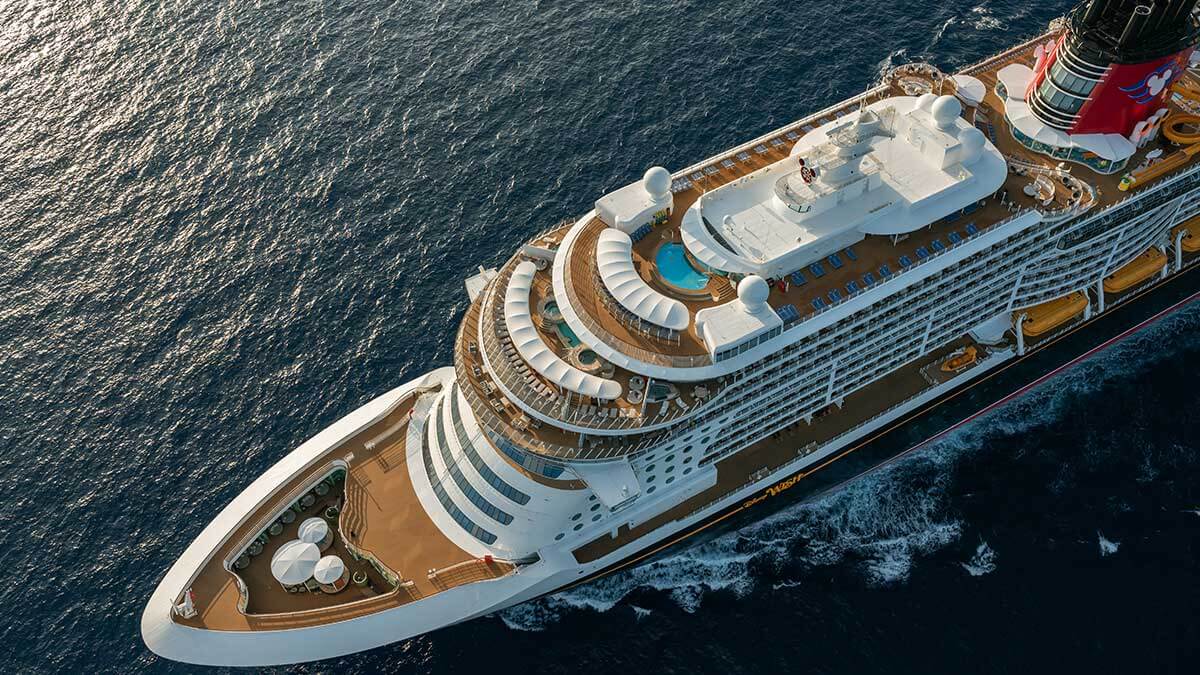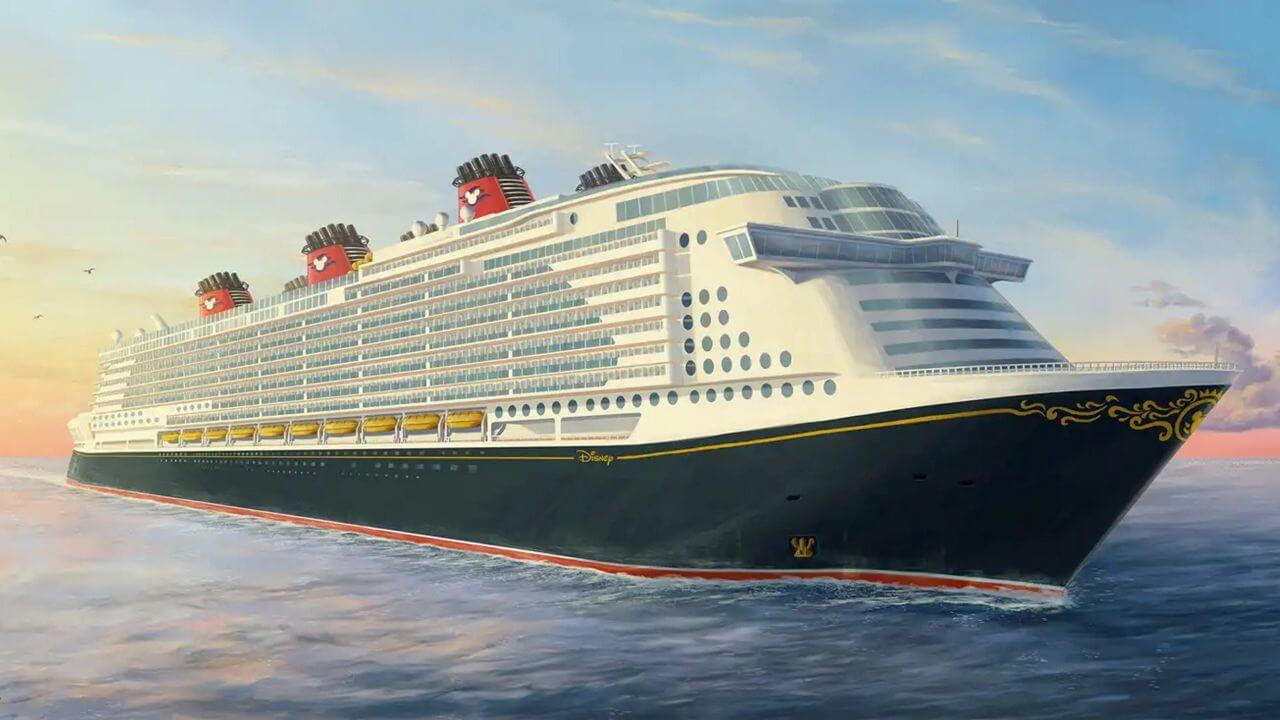The cruise ship industry has been revolutionized by groundbreaking innovation and ingenuity. Weaving a thrilling history from humble beginnings to sophisticated vessels of modernity and opulence, this compelling journey reveals the evolution of cruise ship design. From pioneering advances in engineering to captivating explorations of luxury witness firsthand the breathtaking transformation that continues to defy our expectations. Unravel the secrets behind the craftsmanship of these titanic feats of human ingenuity, and be mesmerized as you are swept away into a world of spellbinding adventure.
The Birth of Cruise Travel
The dawn of cruise travel arrived in the 19th century, ushered in by the revolutionary steamship. These vessels offered modern travelers an efficient and luxurious way to traverse oceans, setting a new standard for comfort and reliability. With this breakthrough technology, the era of leisurely oceanic voyages officially began in earnest ushering in a new age of exploration and self-discovery through the boundless currents of sea and sky.
The Era of Ocean Liners
As the 20th century dawned, the cruise ship industry saw the emergence of grand ocean liners like the RMS Titanic. These ships were not just modes of transportation but symbols of opulence and luxury. Lavish interiors, ornate dining rooms, and extravagant ballrooms became the norm.
The Advent of Modern Cruise Ships
By the mid-20th century, a revolution in cruise ship design had taken hold. Pioneering vessels such as the SS United States and Queen Mary heralded a new era of oceanic travel, providing unprecedented levels of speed, elegance, and luxury. These ships exhibited streamlined contours, utilizing cutting-edge propulsion systems to slice through the waves with unparalleled grace. Furthermore, onboard amenities were crafted to satisfy even the most discerning traveler, impressing crowds of eager passengers seeking the quintessential seafaring experience.
The Future of Cruise Ship Design

- Technological Advancements:
As we look to the future, the design of cruise ships stands ready to embrace ever-evolving technologies. Augmenting the guest experience with tailored offerings like virtual reality, artificially intelligent services, and improved connectivity are certain to usher in a new era of onboard luxury. With such innovations on the horizon, the journey ahead is sure to be both groundbreaking and invigorating.
- Sustainable Practices:
Cruise lines are taking proactive strides to reduce their environmental impact, implementing strategies that will make a lasting difference within the industry. From embracing renewable energy sources to sourcing green building materials, sustainable practices are becoming increasingly prevalent and essential, transforming the way cruise lines design and operate in order to minimize waste and maximize efficiency.
- Enhanced Safety Measures:
The recent global crisis has brought into sharp focus the paramount importance of maintaining health and safety aboard cruise ships. To guarantee our passengers’ well-being, advanced ventilation systems, contactless technologies, and advanced medical facilities have been integrated into our ship designs. We keep a vigilant eye to ensure these enhanced safety measures are consistently updated, to provide our guests with peace of mind during their voyage.
- Seamless Connectivity:
Cruise ship voyages of the future will furnish enhanced connectivity for travelers, delivering uninterrupted access to internet and Wi-Fi services. Satellites promise rapid data transmission while cutting-edge 5G networks enable seamless connection throughout the voyage, allowing guests to effortlessly keep in contact with loved ones or continue working. Regardless of distance, no matter how far across the ocean, passengers can benefit from an intimate experience of web access.
- Advanced Communication Tools:
The architecture of tomorrow’s cruise ships will be underpinned by cutting-edge communication technologies, ushering in a new era of interconnectivity. Harnessing the power of augmented reality (AR) and holographic interfaces, passengers will be able to communicate with unprecedented interactivity and engagement. No longer bound to the limitations of traditional methods, venture forth into a landscape of unimagined possibilities that bring your conversations to life.
- AI-Powered Personal Assistants:
No longer limited to its cybernetic habitat, Artificial Intelligence is now firmly enmeshed within the realm of hospitality; its application as an AI-Powered Personal Assistant for passengers offers a range of tailored onboard services. From intuitively adjusting room temperatures to serving as an informed guide for entertainment and activities, the scope of personalized amenities provided by this advanced technology presents a new paradigm in customer service.
- Customizable Cabin Configurations:
With an abundance of customizable possibilities at their disposal, passengers embarking on their voyage will be able to tailor the cabin environment according to their exact specifications. From the accessible modular furniture and highly adaptable layouts to the indulgent onboard experience, this comprehensive selection of options ensures that journeys are incomparably personalized.
To summarize, we have embarked on an enthralling journey through the evolution of cruise ship design, diving into its vibrant past, present advances, and anticipated future. Uncovering why cruise ships are always white is but a single thread in this intricate tapestry that forms these magnificent vessels. The science behind why cruise ships are always white reveals the intriguing and meticulously planned aspects of cruise ship design. From their historical evolution to their promising future, and even the eco-friendly innovations that lie ahead, this comprehensive exploration demonstrates why these magnificent vessels continue to capture the imagination of travelers worldwide.

